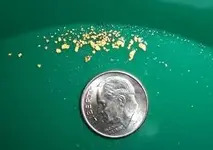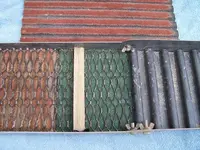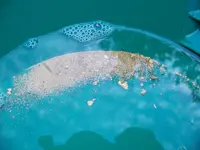Swampbuckster
Jr. Member
- Joined
- Mar 30, 2012
- Messages
- 24
- Reaction score
- 3
- Golden Thread
- 0
- Location
- LOWER MICHIGAN
- Primary Interest:
- Prospecting
Went out to an old gravel pit today with a small pond at the bottom to work my pan. Can anyone give me any advice? Had a hard time finding any black sands. Sampled areas below tree roots, on steep run off hills, at the base of the pond where the sand and gravel washes into the water, in front of large boulders. Are there specific areas I should be looking for? BTW This pit hasn't been in service for 20 plus years. And wow! Are there a lot of rocks!
Upvote
0









